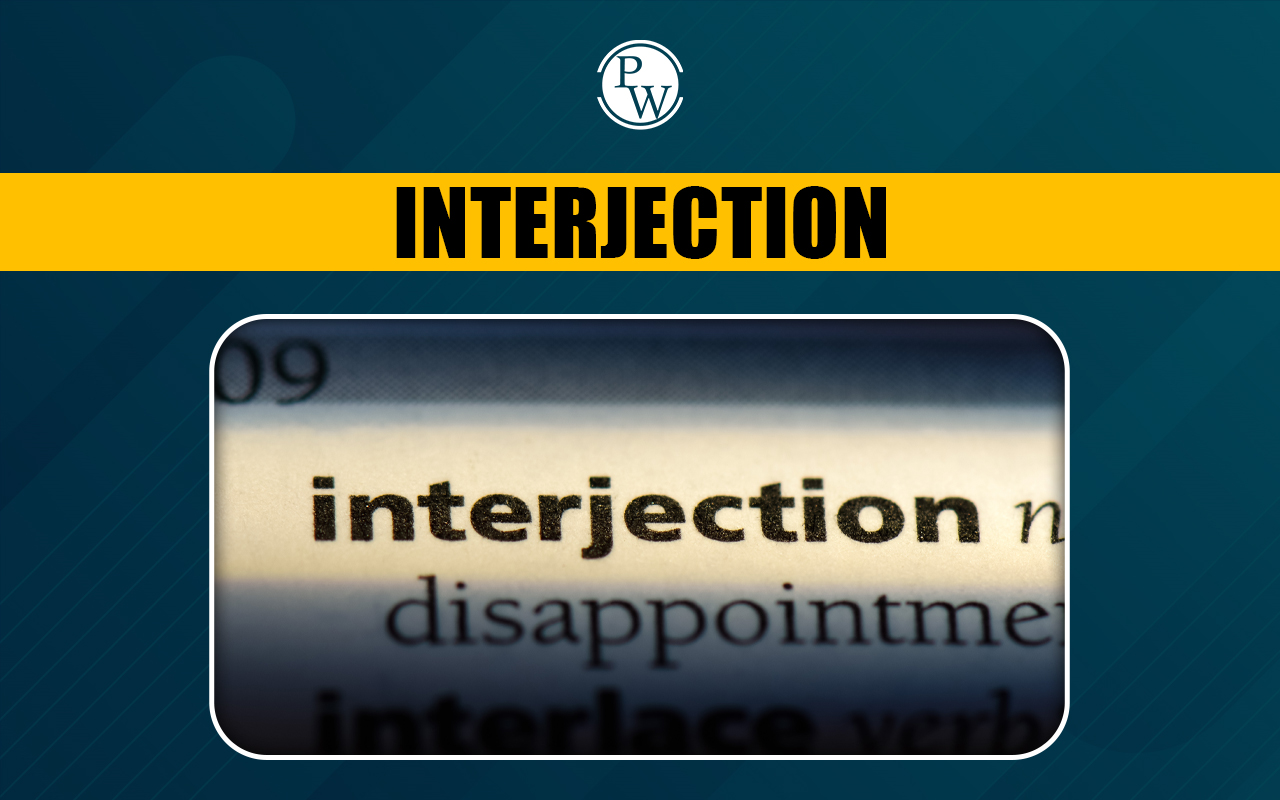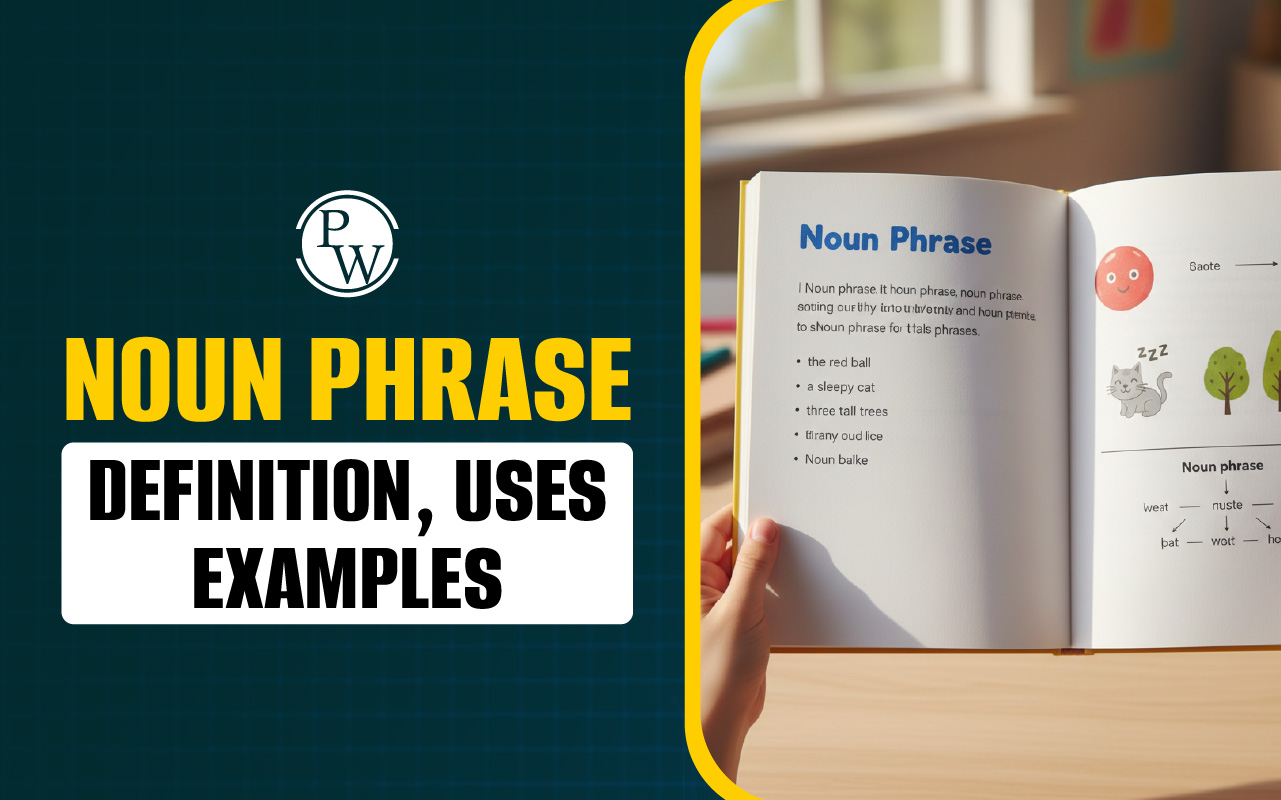
Mental Maths Worksheet for Class 5: Mental Maths Worksheet for Class 5 is created to help students enhance their math skills through quick problem-solving exercises.
These worksheets include tasks such as addition, subtraction, multiplication, division, fractions and basic geometry, presented in a fun and engaging way. Students may solve questions like “Multiply 45 by 12” or “Find the perimeter of a rectangle with length 10 cm and width 5 cm.” By regularly practicing mental math, students can improve their accuracy, speed, and confidence in handling numbers, making math more enjoyable and less daunting.What is Mental Maths?
Mental maths is the ability to perform arithmetic calculations mentally without relying on tools like calculators or paper. It uses strategies to solve problems quickly and accurately by leveraging cognitive skills. These calculations can range from basic operations like addition, subtraction, multiplication and division to more advanced concepts such as percentages and fractions. Practicing mental maths enhances number sense, strengthens problem-solving skills and is often encouraged through classroom exercises and activities that promote speed and mathematical fluency.Related Links-
Mental Maths Worksheet for Class 5
Here is a Mental Maths Worksheet for Class 5 with the questions followed by their answers:Q.1. What is the sum of 36 and 49?
a) 75
b) 85
c) 95
d) 105
Answer: b) 85
Explanation: 36 + 49 = 85Q.2. What is the difference between 55 and 34?
a) 21
b) 19
c) 15
d) 11
Answer: a) 21
Explanation: 55 - 34 = 21Q.3. What is the product of 8 and 9?
a) 72
b) 68
c) 63
d) 59
Answer: a) 72
Explanation: 8 x 9 = 72Q.4. What is the quotient of 100 divided by 10?
a) 10
b) 11
c) 15
d) 20
Answer: a) 10
Explanation: 100 ÷ 10 = 10Q.5. Balance the equation: 4 + x = 9.
a) x = 5 b) x = 3 c) x = 6 d) x = 7Answer: a) x = 5
Explanation: 9 - 4 = 5, therefore x = 5.Q.6. Which of the following is a 3-dimensional shape?
a) Triangle b) Circle c) Cube d) SquareAnswer: c) Cube
Explanation: A cube is a 3-dimensional shape that has 6 faces, 8 vertices, and 12 edges.Q.7. What is the volume of a cube with a side length of 6 cm?
a) 36 cm³ b) 216 cm³ c) 18 cm³ d) 12 cm³Answer: b) 216 cm³
Explanation: The volume of a cube is calculated by cubing the side length, 6 x 6 x 6 = 216 cm³.Q.8. What is the weight of 2 kilograms of apples in grams?
a) 2 kg b) 20 kg c) 2000 g d) 4000 gAnswer: c) 2000 g
Explanation: 1 kilogram = 1000 grams, so 2 kilograms = 2000 grams. Q.9. If a bag of sugar weighs 1 kilogram, how many bags of sugar weigh 3000 grams? a) 3 kg b) 0.33 g c) 0.5 kg d) 1.5 kgAnswer: a) 3 kg
Explanation: 3000 grams = 3 kilograms, so 3 bags of sugar weigh 3000 grams. Q.10. How many milliliters are there in 1 liter? a) 500 ml b) 1000 ml c) 5000 ml d) 500000 mlAnswer: b) 1000 ml
Explanation: 1 liter = 1000 milliliters. Q.11. What is 1/2 of 20? a) 10 b) 5 c) 15 d) 20Answer: a) 10
Explanation: 20 ÷ 2 = 10. Q.12. What is the equivalent fraction for 3/4? a) 6/8 b) 9/2 c) 4/6 d) 12/16Answer: a) 6/8
Explanation: Multiply both the numerator and denominator by 2, 3 x 2 = 6, 4 x 2 = 8, so 3/4 = 6/8. Q.13. What is 30% of 50? a) 15 b) 25 c) 35 d) 45Answer: a) 15
Explanation: 30% of 50 = 50 x 0.30 = 15. Q.14. What is the ratio of 10 to 20? a) 1:2 b) 2:1 c) 5:10 d) 10:5Answer: a) 1:2
Explanation: Simplify the ratio 10:20 to 1:2 by dividing both numbers by 10. Q.15. What is the mean of the following set of numbers: 5, 8, 9, 11, 12? a) 9 b) 8 c) 10 d) 11Answer: a) 9
Explanation: Mean = (5 + 8 + 9 + 11 + 12) ÷ 5 = 45 ÷ 5 = 9. Q.16. What is the median of the following set of numbers: 7, 9, 11, 13, 15? a) 11 b) 12 c) 13 d) 14Answer: a) 11
Explanation: The median is the middle number, which is 11. Q.17. What is the range of the following set of numbers: 4, 7, 9, 11, 14? a) 10 b) 11 c) 3 d) 5Answer: a) 10
Explanation: Range = 14 - 4 = 10. Q.18. What is the mode of the following set of numbers: 5, 7, 9, 9, 11? a) 9 b) 5 c) 7 d) 11Answer: a) 9
Explanation: Mode is the number that appears most often, which is 9. Q.19. A store is open for 10 hours each day. If it opens at 9:00 am, what time will it close? a) 7:00 pm b) 7:30 pm c) 8:00 pm d) 8:30 pmAnswer: a) 7:00 pm
Explanation: If the store opens at 9:00 am and operates for 10 hours, it closes at 7:00 pm. Q.20. If it takes 15 minutes to travel from school to the park, how long will it take to travel to the park and back to school? a) 30 minutes b) 45 minutes c) 60 minutes d) 75 minutesAnswer: a) 30 minutes
Explanation: 15 minutes to the park and 15 minutes back equals 30 minutes.Solve
Q.1. What is the mean of the following numbers: 4, 8, 9, 2, 5?Answer: b) 6
Explanation: (4 + 8 + 9 + 2 + 5) ÷ 5 = 28 ÷ 5 = 6 Q.2. What is the median of the following numbers: 7, 5, 8, 9, 6?Answer: b) 7
Explanation: Arranged in order: 5, 6, 7, 8, 9. The middle number is 7. Q.3. What is the range of the following numbers: 9, 5, 7, 4, 8?Answer: a) 4
Explanation: The range is 9 - 4 = 5. Q.4. What is the mode of the following numbers: 5, 8, 4, 9, 5?Answer: b) 5
Explanation: The number 5 appears twice, making it the mode. Q.5. What is the time in hours if it takes 60 minutes to complete a task?Answer: b) 1 hour
Explanation: 60 minutes equals 1 hour. Q.6. What is the area of a triangle with a base of 5 cm and a height of 6 cm?Answer: b) 15 cm²
Explanation: Area of a triangle = 1/2 × base × height = 1/2 × 5 × 6 = 15 cm². Q.7. What is the volume of a sphere with a radius of 4 cm?Answer: c) 64π cm³
Explanation: Volume of a sphere = 4/3 πr³. With r = 4 cm, the volume is 64π cm³. Q.8. What is the cost of 5 items if each item costs $2?Answer: a) $10
Explanation: 5 × $2 = $10. Q.9. What is the weight of an object that weighs 20 kg converted to grams?Answer: a) 20000 g
Explanation: 1 kg = 1000 grams, so 20 kg = 20,000 grams. Q.10. What is the volume of a cylinder with a height of 7 cm and a radius of 3 cm?Answer: b) 84π cm³
Explanation: Volume of a cylinder = πr²h. With r = 3 cm and h = 7 cm, the volume is 84π cm³.Mental Maths Worksheet PDF for Class 5
You can now access a detailed Mental Maths Worksheet PDF for Class 5 using the link provided below. This worksheet is created to help students enhance their problem-solving speed and accuracy through a variety of engaging questions. The exercises cover important mathematical concepts such as addition, subtraction, multiplication, division, fractions and mental strategies for quick calculations. It is an excellent resource for daily practice and revision ensuring that students build a strong foundation in mental arithmetic which is important for their overall mathematical proficiency. Download the PDF from the link below and start practicing today.Mental Maths Worksheet PDF for Class 5
Benefits of Mental Maths Worksheet for Class 5
- Improves Problem-Solving Skills : Mental maths worksheets help students think critically and find solutions to problems. This skill is important for math and everyday life.
- Builds Confidence : Practicing mental calculations makes students feel more confident in their math abilities. They learn to solve problems quickly and correctly which reduces stress during tests.
- Increases Speed and Accuracy : Regular practice helps students do calculations faster and more accurately. This speed is important for understanding more difficult math topics later.
- Strengthens Number Understanding : Mental maths worksheets help students understand numbers, patterns and relationships better. This strong foundation is important for learning advanced math.
- Enhances Memory Skills : Working on mental calculations improves students memory and recall. These skills are helpful in all subjects not just math.
- Encourages Group Learning : Mental maths worksheets can be used in groups allowing students to work together. They can share ideas and learn from each other.
- Gives Quick Feedback : Worksheets allow students to check their answers right away. This helps them see where they made mistakes and learn from them quickly.
- Promotes Independent Learning : By working on these worksheets, students learn to solve problems on their own. This helps them take responsibility for their learning.
About CuriousJr Mental Maths Classes
At CuriousJr a part of PhysicsWallah, we provide specialized Mental Maths Classes designed to help students master essential problem-solving skills. Our program features over 50 mental math strategies , created to enhance both the speed and accuracy of calculations. In our classes, we focus on developing logical reasoning and critical thinking skills. This approach enables students to tackle complex problems with confidence. By joining CuriousJr, students not only enhance their ability to solve challenging tasks but also strengthen their overall cognitive abilities. This empowerment allows them to achieve more in less time, transforming math learning into an enjoyable and rewarding experience. Join us at CuriousJr to unlock your full potential in mental mathematics.Mental Maths Worksheet for Class 5 FAQs
What is a Mental Maths Worksheet?
What topics are covered in Class 5 Mental Maths Worksheets?
How often should my child practice Mental Maths?
Are Mental Maths Worksheets suitable for all students?










